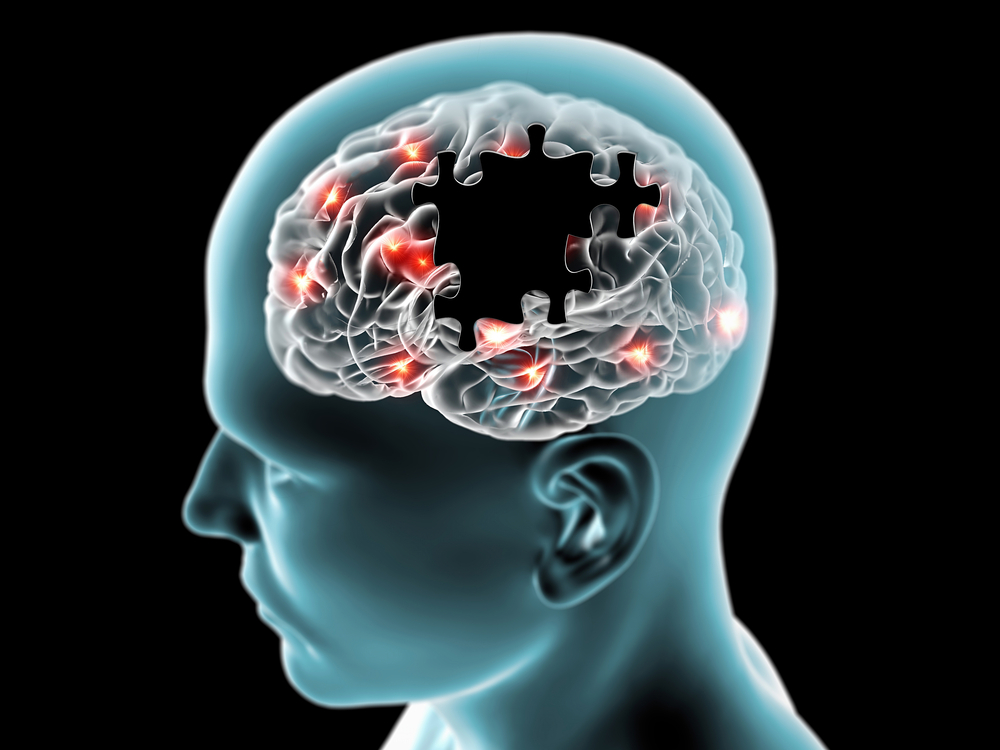Alzheimer’s Disease Patients Have Fat Deposits in the Brain, According To Study

In a recent study entitled “Aberrant Lipid Metabolism in the Forebrain Niche Suppresses Adult Neural Stem Cell Proliferation in an Animal Model of Alzheimer’s Disease”, published in the journal Cell Stem Cell, a team of Canadian researchers led by Dr. Karl J. L. Fernandes found that fat droplets accumulate in the brains of Alzheimer’s disease (AD) patients. Notably, these droplets localize in brain niches responsible for maintaining tissue structure and function.
AD was first described by the German psychiatrist and pathologist Alois Alzheimer in 1906. The disease is characterized by loss of neurons in the cerebral cortex along with hippocampal atrophy, causing progressive cognitive impairment. Nowadays, over 47.5 million people worldwide have Alzheimer’s disease or some other type of dementia.
Available treatments can reduce symptoms, however, they are unable to effectively prevent the disease. Researchers have provided another step towards AD treatment by relating lipid accumulation in the brain, a previous observation by Alois Alzheimer, with disease progression. “We found fatty acid deposits in the brain of patients who died from the disease and in mice that were genetically modified to develop Alzheimer’s disease. Our experiments suggest that these abnormal fat deposits could be a trigger for the disease”, said Dr. Fernandes in a recent news release.
By studying both mouse models and postmortem brain tissue of nine patients who died from AD, the team discovered that lipid droplets accumulate near neuronal stem cells (NSC) in specific brain niches. It was known that NSC-derived progeny is involved in neuronal replacement following brain damage and that NSC activity is compromised in AD patients. Now, researchers identified oleic acid as a major component of fat droplets that inhibit proliferation of NCS. “We discovered that these fatty acids are produced by the brain, that they build up slowly with normal aging, but that the process is accelerated significantly in the presence of genes that predispose to Alzheimer’s disease”, explained Dr. Fernandes. “In mice predisposed to the disease, we showed that these fatty acids accumulate very early on, at two months of age, which corresponds to the early twenties in humans. Therefore, we think that the build-up of fatty acids is not a consequence but rather a cause or accelerator of the disease.”
Using pharmacological inhibitors of the enzyme responsible for oleic acid production, researchers were able to increase NSC’s activity in mice. These molecules, currently being tested for metabolic diseases such as obesity, could be effective in the treatment of Alzheimer’s disease. “We succeeded in preventing these fatty acids from building up in the brains of mice predisposed to the disease. The impact of this treatment on all the aspects of the disease is not yet known, but it significantly increased stem cell activity,” explained Dr. Fernandes. “This is very promising because stem cells play an important role in learning, memory and regeneration.”






